How can automation and artificial intelligence enhance your business? This article breaks down the key differences, benefits, and practical ways to leverage both technologies for increased efficiency.
Key Takeaways
– Automation focuses on executing predefined tasks without human intervention, while Artificial Intelligence adapts and learns from data to handle complex scenarios.
– Combining automation with AI leads to Intelligent Automation, which enhances operational efficiency and decision-making by enabling systems to autonomously learn and respond.
– Successful implementation of AI and automation requires a clear strategy, the right tools, and addressing challenges such as workforce adaptation and ethical considerations.
Understanding Automation
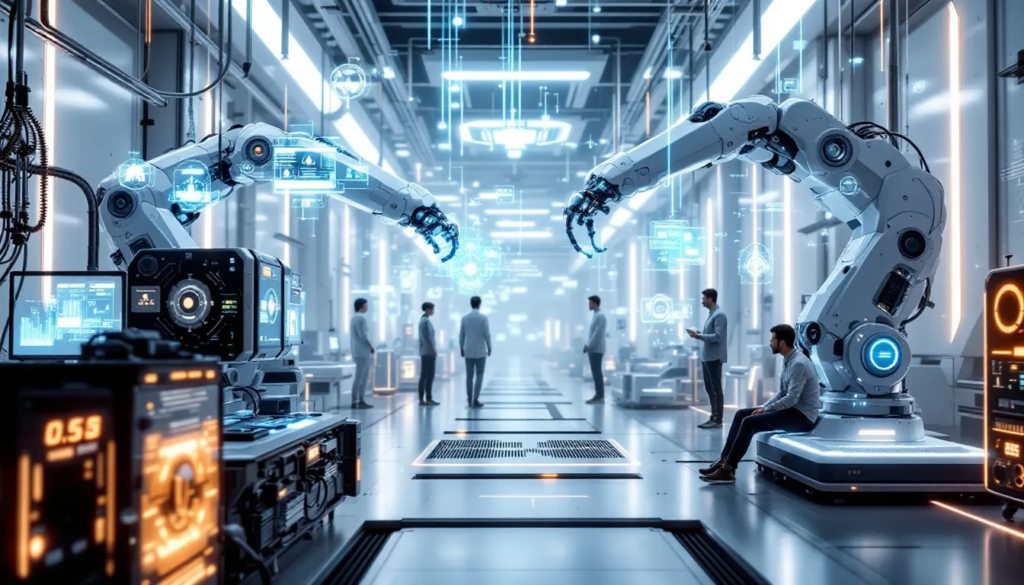
Automation involves the use of equipment or systems to complete specific tasks without human intervention or human labor. From its early origins in ancient China and Greece with trip hammers and steam-powered motors, automation has evolved dramatically, especially with the advent of digital computers, sensors, and lasers.
Today, automation is a cornerstone of modern industry, streamlining workflows and enhancing productivity across various sectors.
Types of Automation
There are different types of automation, each serving unique purposes. Robotic process automation (RPA) excels at handling rule-based, repetitive tasks like data entry, streamlining workflows through workflow automation by performing repetitive tasks.
On the other hand, business process automation (BPA) focuses on optimizing complex processes across various departments, enhancing operational efficiency by using traditional automation tools. Understanding these types is crucial for organizations aiming to improve efficiency and productivity.
Benefits of Automation
Automation offers several significant benefits:
– Increased efficiency
– Reduced human error
– Substantial cost savings
– Significantly boosted productivity
Automated systems can process customer requests at lightning speed, often 90% faster than humans.
In manufacturing, automation not only controls costs but also improves efficiency and machinery data analysis. Automating repetitive tasks allows staff to concentrate on more complex issues, resulting in higher-quality, reliable, and consistent customer service outputs.
What is Artificial Intelligence?
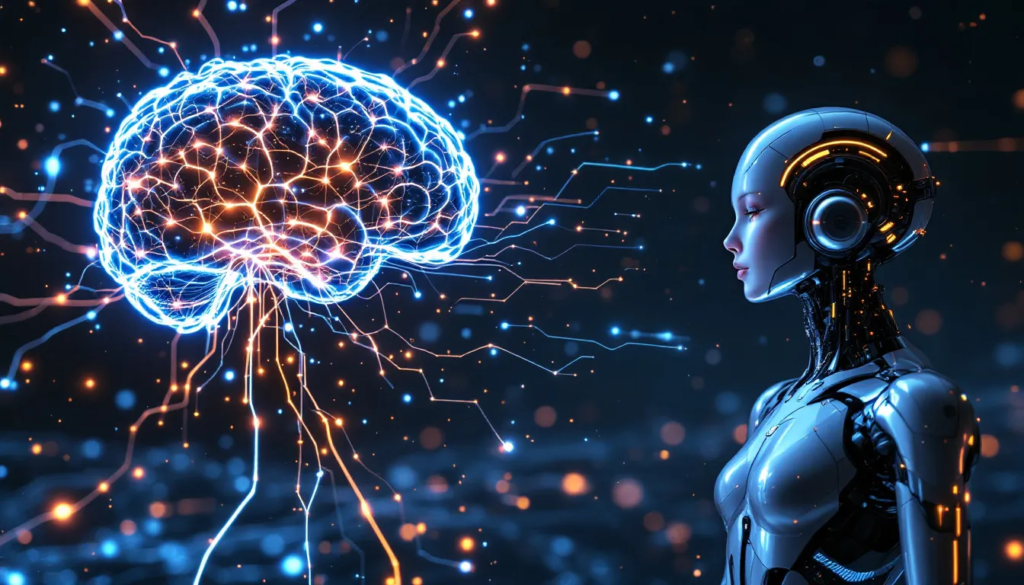
Artificial intelligence (AI) is a field of technology that enables machines to mimic human capabilities, such as learning, reasoning, and problem-solving. Unlike traditional systems that rely on predefined rules, AI dynamically responds to new information, making it incredibly versatile and powerful.
AI encompasses various subfields, including machine learning, natural language processing, and deep learning, each contributing to its ability to perform complex tasks.
Machine Learning
Machine learning is a subset of AI that allows systems to make predictions or decisions based on data without being explicitly programmed for each task. It includes different types, such as supervised, unsupervised, and reinforcement learning.
AI models continuously refine their algorithms with new data, enhancing their decision-making capabilities. Alberta Health Services utilizes AI for interpreting unstructured medical data. This technology helps in recommending steps for patient care.
Natural Language Processing
Natural language processing (NLP) involves using AI technology. Its purpose is understanding natural language, interpreting, and automatically generating human language. This technology leverages AI to autonomously process and generate text, making it a valuable tool in customer service and other applications.
Future chatbots are expected to use multimodal AI, enhancing interactions by understanding and responding to complex queries through text, voice, and visual data.
Deep Learning
Deep learning employs multilayered artificial neural networks to automate complex decision-making processes in AI. This advanced form of AI can autonomously learn, recognize patterns, and make decisions based on new information, unlike traditional automated systems. Automation allows deep learning applications to scale easily, leading to increased efficiency, agility, and cost savings.
Foundational models are crucial for scaling AI automation, as they enable a wide variety of tasks.
Key Differences Between Automation and AI
While both automation and AI aim to enhance efficiency, they operate differently. Automation relies on predefined rules to handle repetitive tasks, such as those in manufacturing and office workflows. In contrast, AI can tackle more intricate scenarios by learning from patterns in data.
When combined, these technologies can significantly transform industries, contributing to increased efficiency, cost savings, and potential economic growth, while also helping to increase efficiency and increasing efficiency.
Rule-Based vs. Learning Systems
Traditional automation systems function strictly on predefined guidelines without deviation. Their main objective is to execute tasks accurately. They aim to do this consistently and with great reliability. In contrast, AI systems can adapt to changing conditions by learning from data, enhancing their decision-making capabilities.
This adaptability is the key difference between traditional automation and AI.
Task Complexity
Automation excels in performing straightforward, repetitive tasks, while AI is designed to handle more intricate scenarios. AI can adjust its approach based on sensory input and contextual understanding, making it suitable for complex problem-solving.
By automating many routine tasks, business operations can streamline operations and enhance job satisfaction by allowing workers to engage in performing tasks and automate tasks more complex tasks.
Human Intervention
AI can often operate independently, significantly reducing the need for human oversight in many tasks. Human oversight in agentic AI systems involves setting strategic goals and ensuring ethical alignment.
AI-powered tools empower teams to get more done in less time with fewer resources, improving customer experiences and operational efficiency through intelligent automation tools, ai and automation tools, ai powered automation, and automation technologies.
Intelligent Automation: Combining AI and Automation
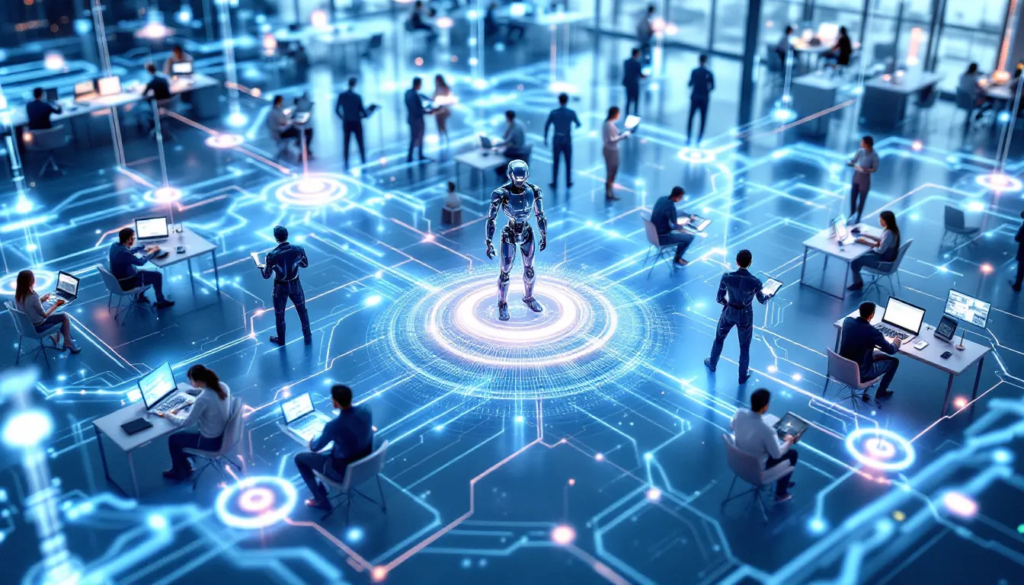
Intelligent automation combines AI’s cognitive abilities with robotic process automation (RPA) to optimize business processes. This integration enhances traditional automation, enabling tools to make independent decisions and learn. The purpose of AI automation is to augment human work by handling routine, low-value tasks, leading to hyperautomation.
By combining AI, RPA, and business process management, intelligent automation significantly enhances operational efficiency and decision-making.
Enhancing RPA with AI
Integrating AI with RPA significantly increases the adaptability of automation systems. AI enhances RPA by expanding its capabilities tenfold, making processes more flexible and adaptable.
AI can, for instance, automate the classification of data across different formats, thereby enhancing data discovery processes.
Use Cases of Intelligent Automation
In customer service, AI automation improves response times by interpreting customer requests and providing personalized customer experience, resulting in faster and more accurate responses. ABANCA’s implementation led to a 60% faster response time, saving 1.2 million hours.
In healthcare, intelligent automation supports patient care by analyzing data for better treatment recommendations, saving $799,000 annually through error reduction.
AI-based applications in manufacturing have improved first-time fixes for hardware issues by 100%.
Implementing AI and Automation in Business Processes
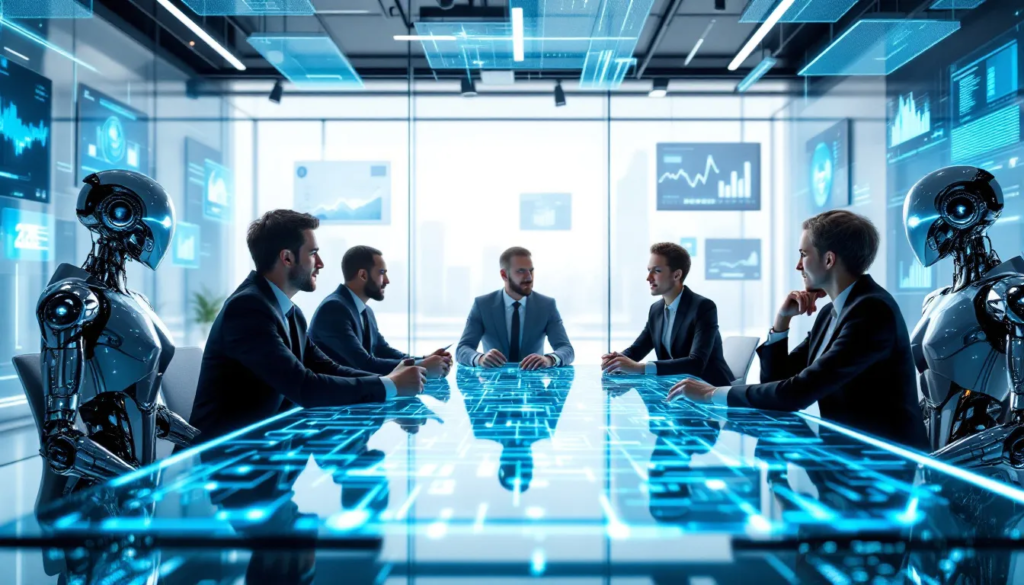
Implementing AI and automation in business processes involves several steps. Identifying business needs and inefficiencies is crucial, focusing on time-consuming, error-prone processes or poor scalability. Developing a clear business case with specific goals and expected outcomes is essential for successful adoption.
Combining AI with automation leads to greater efficiency, cost savings, and enhanced business agility.
Identifying Business Needs
Organizations should analyze daily operations to identify tasks suitable to perform repetitive tasks automation. Implementing automated systems can significantly reduce operational costs by maintaining lower labor costs.
Minimizing employee resistance involves fostering a supportive work environment and encouraging continuous learning. Training programs should bridge the gap between current employee skills and new AI technology requirements.
Choosing the Right Tools
Businesses should begin by defining their goals and identifying processes suitable for automation to ensure the right tools are selected. Evaluating AI technologies for capabilities, maturity, risks, and explainability is crucial.
Cloud-based tools and low-code/no-code platforms reduce barriers to AI adoption, enabling more organizations to leverage these technologies, including cloud computing. Considerations for selecting an AI vendor include:
– Integration capabilities
– Scalability
– Security
– Explainability
– Governance
– User-friendly interfaces.
Integration and Scalability
Seamless integration is essential for successful automation, as it connects different software applications effectively. Scalability allows legacy systems to grow and adapt to increasing demands over time.
Integration of various software applications creates comprehensive complex workflows across departments, enhancing business processes and streamline workflows, improving efficiency.
Overcoming Challenges in AI and Automation Adoption
Overcoming challenges in AI and automation adoption requires:
– A clear roadmap, business case, and strategy.
– Ensuring compliance and data safety as regulations evolve.
– Regularly reviewing and adapting strategies in response to evolving AI regulations to maintain compliance.
Robust governance and standardized practices are necessary to keep up with advancements in AI automation.
Data Management
Good data management enables scalability and security in AI operations. Data preparation involves extracting data from raw sources and transforming it into a clean, structured format for AI models. Automated systems use tools, scripts, and workflows to reduce manual effort in data preparation.
AI can assist the human workforce with human resources and capacity to enhance scalability and reduce the need for human effort.
Workforce Adaptation
Many employees resist new technologies due to fear of job loss, lack of understanding, or discomfort with change. Comprehensive training programs, open communication, and involving employees in the implementation process can significantly reduce resistance.
Fostering trust and acceptance among employees requires addressing ethical considerations, such as job displacement and the role of AI.
Ethical Considerations
As AI systems evolve, organizations must remain vigilant about data privacy to protect user information. Transparent data handling practices are essential to maintain public trust when implementing AI solutions.
Ethical considerations include concerns about job displacement and data privacy, necessitating strong governance and oversight.
The Future of AI and Automation
AI automation is expected to reshape industries globally, influencing processes and business models across various sectors. Agentic AI, which autonomously reasons, plans, makes decisions, and takes action based on real-time data, will significantly improve operational efficiency through ai based automation.
Agentic AI
AI-driven chatbots streamline customer service interactions, understanding and responding to human language more naturally through natural language processing. Intelligent automation enhances chatbots’ capabilities, promising even more personalized and efficient customer interactions in the future.
Impact on Various Industries
AI and automation are streamlining manufacturing processes in the automotive industry, enabling mass customization and reducing production times. In the healthcare industry, AI optimizes patient care through personalized medicine and advanced diagnostics.
The finance sector utilizes automation for transaction processing and fraud detection, enhancing operational efficiency.
Summary
Summarize key insights, emphasizing the distinct roles and combined power of automation and AI. Inspire readers to embrace these technologies for a transformative impact on their businesses.
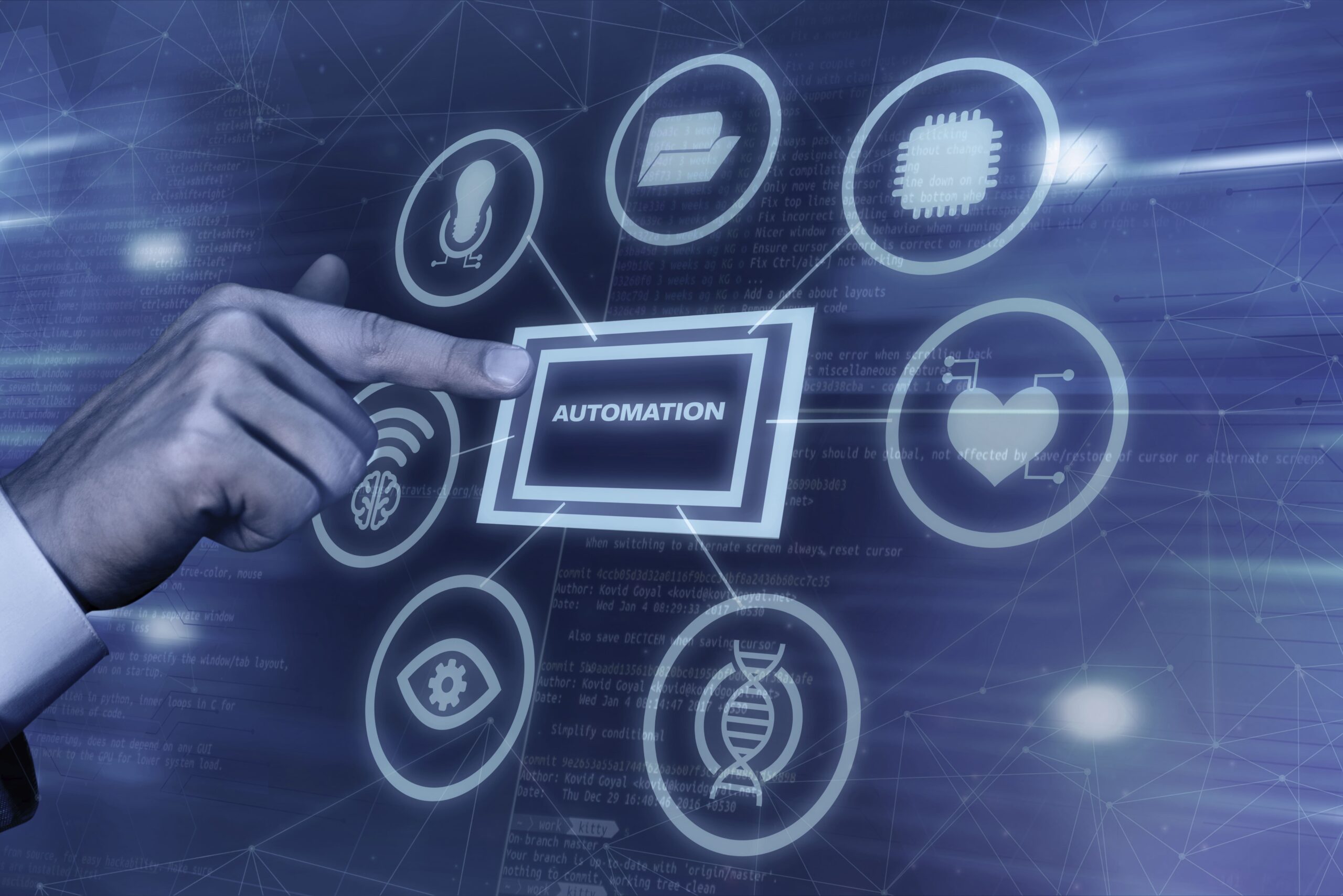
Leave a Reply